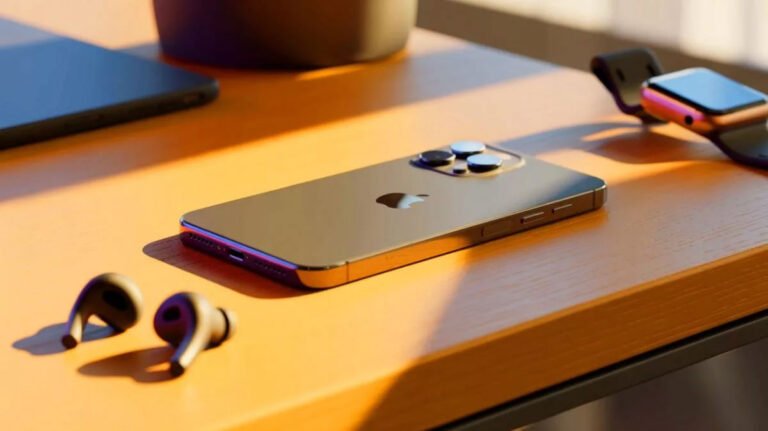Technology plays a huge part in everything we do in this modern world, that even the maritime industry is adapting to its advancement. Smart ship and autonomous technologies are one of the developments in the marine sector that helps in the growth of the blue economy. They make the work on the Earth’s waters more manageable and efficient.
And here in this article, we’ll cover some of the awesome technology tools that everyone in the maritime industry should be aware of to help improve their workforce.
1. Artificial Intelligence (AI)
Artificial Intelligence helps with business processes like vessel maintenance, voyage planning, and route optimization. Take for example, the AI-based predictive positioning systems. They help shipmasters and bridge teams monitor the positions and movements of their vessel to improve situational awareness, decision-making, and safety.
Incorporating AI technology into the usual processes will lessen the duration of the work while also ensuring quality. Above all, AI assists in dispersing cargo among the hundreds of ships passing through ports while reducing traffic.
2. Big Data Analysis
Data analytics is the one that checks all the information about large operation systems like ships and ports. It inspects the container types, weight, and destination data. In addition, it analyzes the ship data, such as its trim, stability, engine performance, and communication.
Big data analytics on ships would cover different parameters that can help improve their efficiency and overall performance. For instance, it might include information on past container trends, ocean conditions, and ship reactions to weather changes.
3. Internet of Things (IoT)
Connected to the previous one is IoT, or the Internet of Things. The IoT can control some objects remotely using GPS and a cloud-based database that stores all the information gathered by devices on the ship.
Considering that the vessels used for shipments are massive, utilizing IoT would greatly help individuals control some parts of the ships like hatch doors, bulkhead systems, or hydraulics without being present on the site. You can also integrate it from the marine controls to electrical appliances for added convenience.
4. Augmented Reality (AR)
Today, Augmented Reality (AR) is used in many different businesses as it plays a huge part in the maritime industry. Naval training institutes use it to help students experience real-life scenarios. Aside from training marine students, AR also helps with vessel inspection and maintenance. With tools like AR wearables and remote guiding software to analyze visual images of ship parts, repairing without the physical presence of a technician at the site is possible.
Moreover, AR also helps in shipbuilding by simulating the virtual model. During the design process, you can utilize AR to resolve some technical issues that you might encounter when implemented.
5. Autonomous Control
Autonomous technology has been used by self-driving cars to make decisions on routes. It detects traffic signals, other vehicles, and pedestrians and secures your car to stay on the road.
Integrating smart technology into the ship’s maneuvering systems will help it stay on the course without the constant input from the captain, reducing human-error possibilities. It will also detect materials with its advanced heat mapping, so delivering items would be easy without complications.
6. Digital Route Management
Real-time route management on ships would help reduce the travel time while also increasing efficiency. Knowing the long periods of time ships spend at sea and the significant changes in the ocean, real-time data would provide a lot of help.
The said data includes the changes in weather, piracy warnings, port activity, and other variable factors. By allowing routing to be handled by computational software, you can know the most precise path that considers the variables mentioned.
7. Smart Propulsion Systems
The improved ship propulsion systems benefit the ecosystem besides giving the ship maximum control. With the shift of propulsion system control to smart technology, a device can now make precise decisions and control equipment efficiently.
The captain and marine engineers can inspect the condition of the marine diesel engines without constantly examining them. The software will do consistent monitoring for them.
8. Sensor Technology
Sensor technology is one of the most advanced technologies used in today’s time. You will find transportation industries use it often. Connecting sensors with machine learning and AI would be an incredible innovation in remote facilities, analyzing data and sending alerts if any of the ship’s components need maintenance. Sensor technology that has been calibrated properly can increase ship productivity.
9. Robotics, Drones, and 3D Printing
Advanced robots reshape the work in the maritime industry as they help in the security, maintenance, and inspection of vessels. Robots can assist in hazardous environments like hull cleaning work on boats. Some robotic systems even use sensors to locate, record, and analyze all of the ship’s data.
Drones are another technology that supports the maritime sector besides robots. They help with remote inspections, security, monitoring, and carrying supplies to vessels.
Meanwhile, 3D printing helps make spare components on board ships more readily available when needed.
With human safety in mind, advanced robotic technologies in the maritime industry would help reduce accidents.
10. Blockchain Technology
One ground-breaking technology that is predicted to revolutionize the maritime industry is blockchain. It offers a speedy, secure, and transparent method of collecting payments from anywhere in the globe
Several well-known businesses and organizations have already teamed up to conduct additional studies, develop, and apply this technology in the maritime industry.
Conclusion
Indeed, utilizing these technology tools will help reshape the operations in the maritime industry. They can reduce the workforce while maintaining the quality of work at sea. However, we hope that by taking the next evolutionary step in the maritime industry, experts can create more sustainable technologies like CII (Carbon Intensity Indicator). Using CII, businesses would be able to know their ship’s GHG (Greenhouse Gas) emissions and take necessary actions to help the ecosystem.
By creating more technologies supporting the environment, we can expect a breakthrough in the maritime industry.








